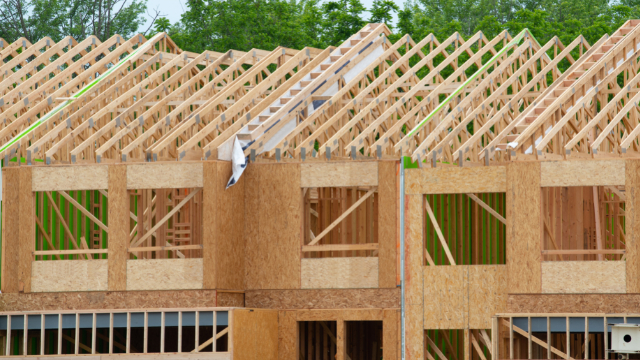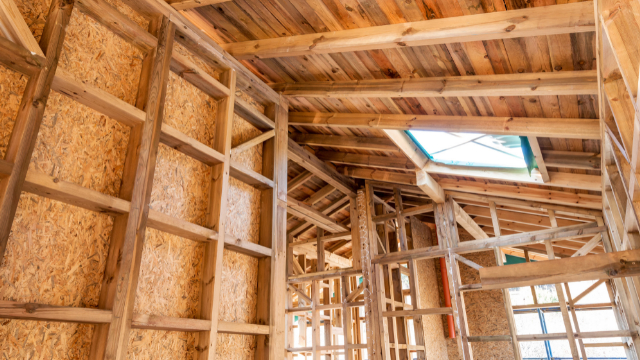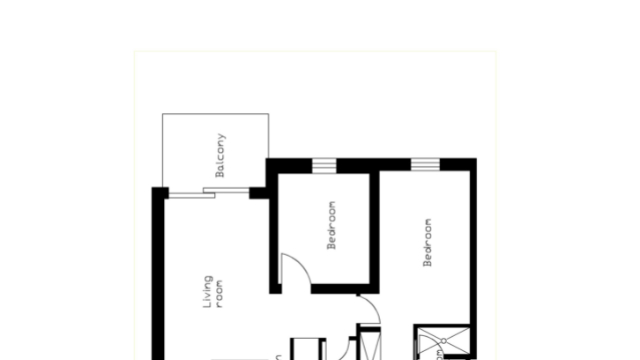Introduction: When it comes to wall framing, the focus is often on the studs, but plates deserve their moment in the spotlight. These horizontal components might not be as visible, but they play a vital role in ensuring the stability and integrity of a structure. Let’s dive deeper into the world of wall framing plates and understand their importance.
A Quick Breakdown: What Are Plates? Plates are the horizontal beams in wall framing. Picture them as the foundation and the ceiling of your wall frame, while the studs act as the walls of the room. Essentially, they keep everything in place.
The Types of Plates and Their Roles:
- Sole Plate:
- Base of Operations: This is the plate that’s affixed to the floor. It provides a solid base for the studs to stand on. Think of it as the foundation stone in a building, setting the stage for what’s to come.
- Top Plate:
- Linking the Chain: Sitting atop the studs, the top plate ties them all together. It’s like the string in a necklace, ensuring the pearls (or studs) don’t scatter everywhere.
- Cap Plate:
- Extra Muscle: Not all frames have a cap plate, but when they do, it’s for additional strength and stability. Consider it the reinforcement, like a second layer of security.
Why Plates Matter:
- Even Load Distribution: Plates, being horizontal, help distribute the load across the studs. Imagine placing a book on a stand; the stand distributes the weight to the ground, preventing the book from sinking.
- Cohesion and Unity: Plates ensure that different wall sections come together as one cohesive structure. It’s the glue in our construction puzzle, making sure every piece fits perfectly.
- Squaring and Leveling: A well-placed plate ensures that the wall frame is square and level. It’s like the leveling tool in construction, ensuring everything is aligned just right.
In Conclusion: Plates in wall framing may not get the attention they deserve, but their significance is undeniable. They ensure our buildings stand tall, our rooms are squared, and that every stud has a solid base to rely on. So, the next time you admire a well-constructed wall, remember the plates that made it possible.
Source: itishouse.com





